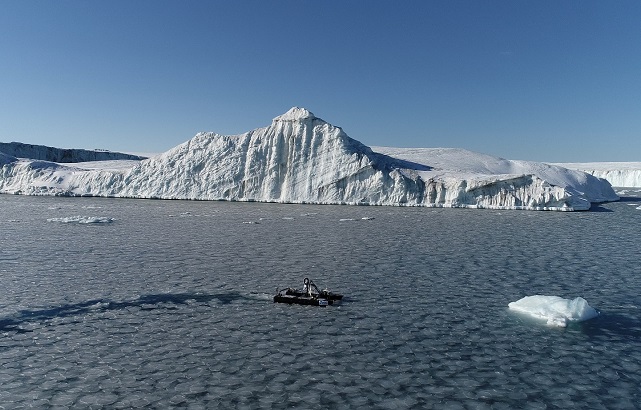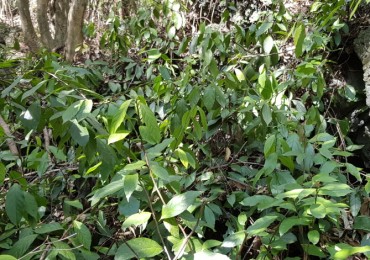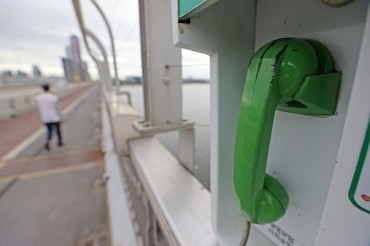
This photo provided by the Korea Hydrographic and Oceanographic Agency on Dec. 2, 2021, shows an unmanned research ship used to explore polar regions.
SEOUL, Aug. 17 (Korea Bizwire) — A South Korean research team has confirmed the phenomenon of slowed growth in seaweed colonies in seas that were once covered by ice.
The Korea Polar Research Institute and Sungkyunkwan University conducted a joint research effort, investigating the seaweed ecosystem in Marian Cove near the King Sejong Station in Antarctica from 2016 to 2020.
Marian Cove, a region where glaciers are rapidly melting due to climate change, has seen the glacier’s sea border retreat by 1.9 kilometers since 1956.
The investigation’s results revealed a significant decline in the number of seaweed species in the sea where the glacier had receded.
In contrast, the surrounding seas near the station exhibited the discovery of about 12 to 16 types of seaweed species.
Within the area 2.2 kilometers away from Marian Cove’s ice wall, six species were identified, while the region 1.2 kilometers away yielded four species.
The melting glaciers released dust and particles into the water, causing opacity and subsequently deteriorating the seaweed’s photosynthetic efficiency.
Obstacles to the seaweed colony’s growth included low water temperatures and diminished salinity density.
J. S. Shin (js_shin@koreabizwire.com)






